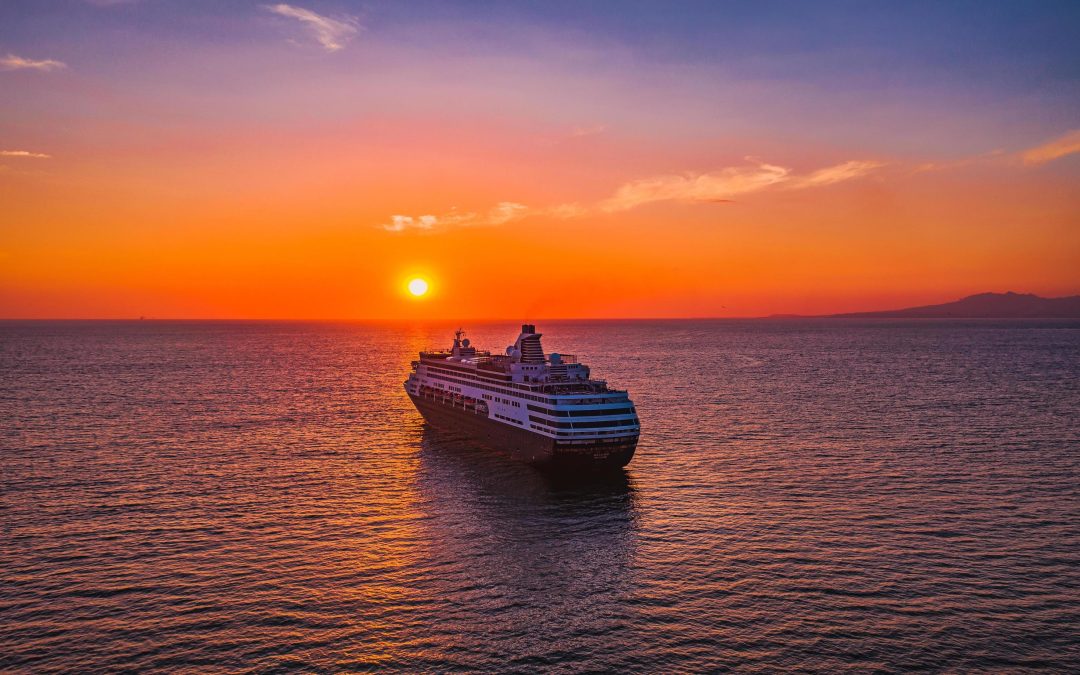As the maritime industry accelerates efforts to decarbonise, the Rotterdam-Singapore Green and Digital Shipping Corridor (GDSC) is set to play a key role in reducing emissions from large container vessels. The potential demand for sustainable variants of methane and methanol for container vessels on the Rotterdam-Singapore route could reach up to 5 million tonnes per year in 2028. However, affordability and availability remain critical obstacles to unlocking this demand.
The publication outlines the demand potential for Sustainable Zero Emission Fuels (SZEF), whilst highlighting the need for intervention from international bodies such as the European Union and the International Maritime Organization to accelerate the fuel switch. These organisations could help spur production of SZEFs by matching demand and supply through marketplace mechanisms similar to those used by the European Hydrogen Bank but tailored specifically to bridge the cost gap for, and address the key barriers to the scale up of, shipping fuels.
While multiple fuels are currently under development to enable low or zero-carbon sailing of large container vessels, for the Singapore-Rotterdam Green Corridor bio-based and synthetic (e-) variants of methanol and methane are currently the frontrunners in terms of their availability. Ammonia and hydrogen are expected to follow in the coming years. By 2028, more than 200 vessels capable of using bio- or e-versions of methane or methanol are expected to operate on the corridor.
Despite this progress, SZEFs are still estimated to be two to three times more expensive than fossil fuels. This price gap makes it challenging for shipping companies to enter long-term offtake agreements, which in turn hinders investments in new production facilities.
The full publication, “Demand potential for alternative fuels on the Rotterdam-Singapore Green & Digital Shipping Corridor”, outlines the potential demand for sustainable fuels coming from its partners, and the conditions to make the transition to sustainable fuels on this critical route a reality.
Source: Global Maritime Forum





